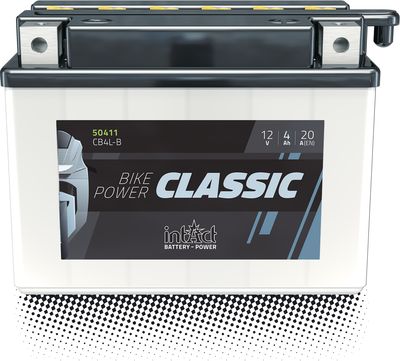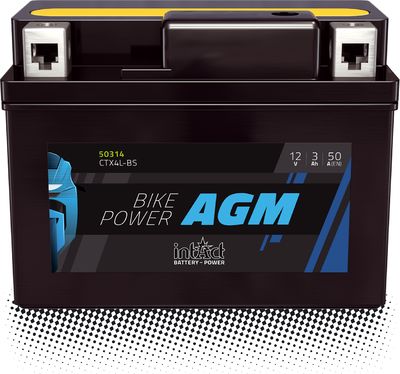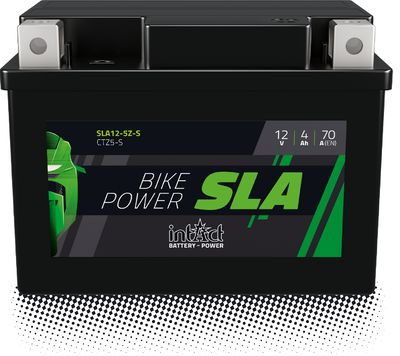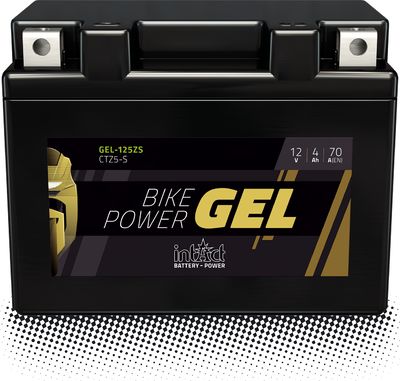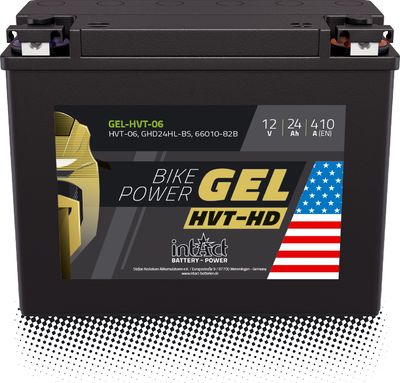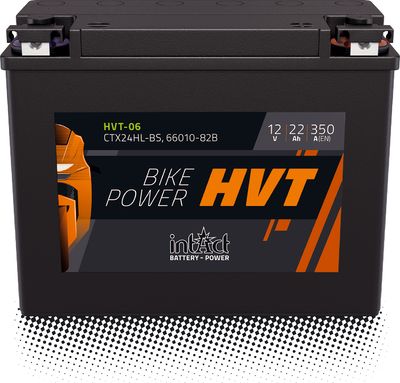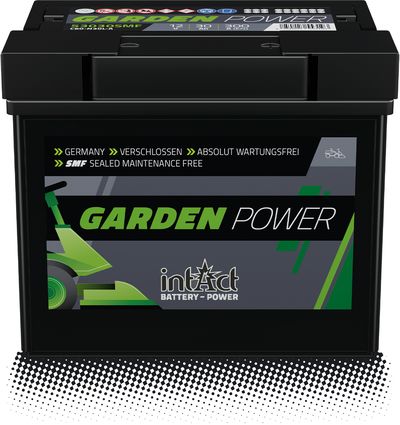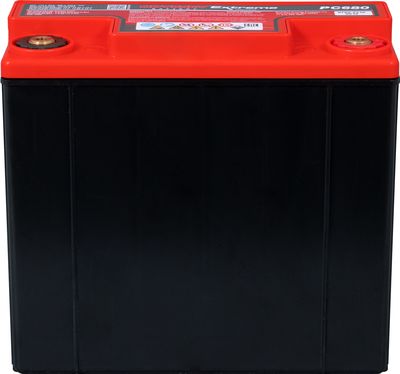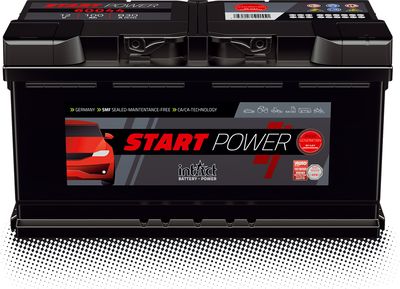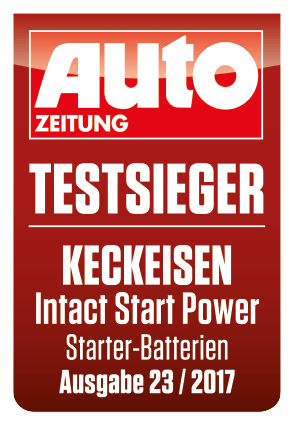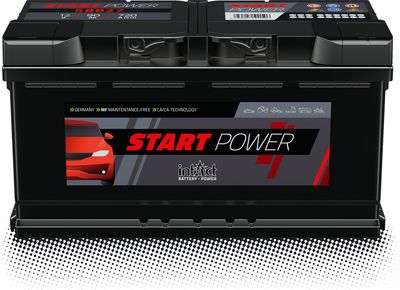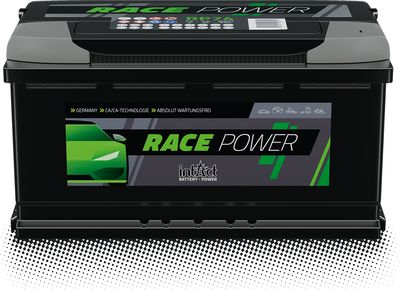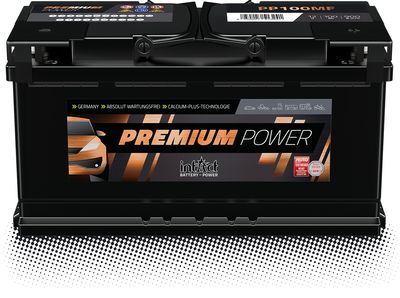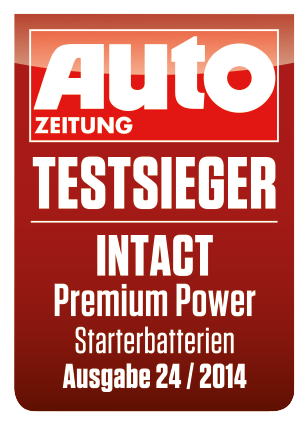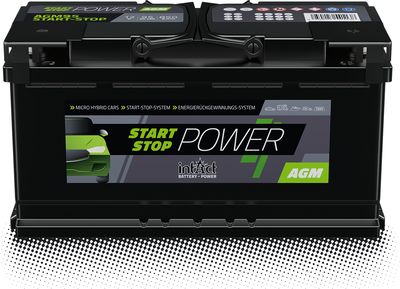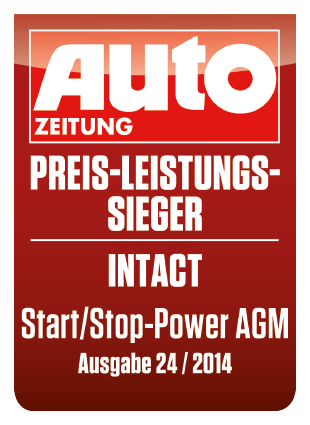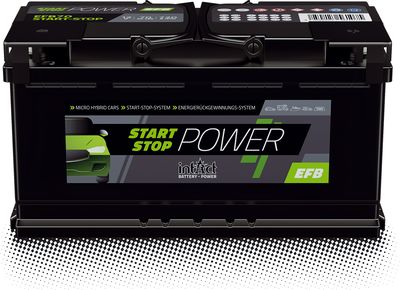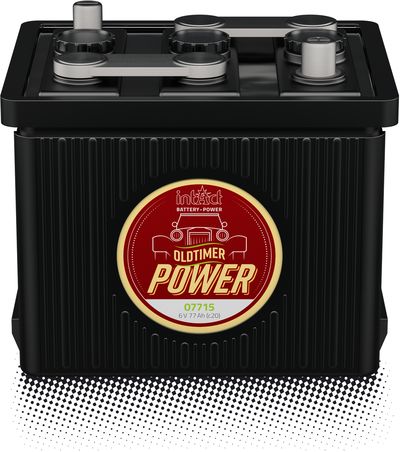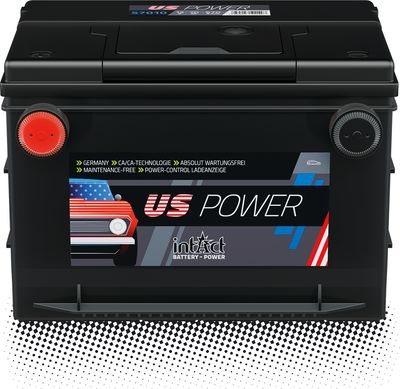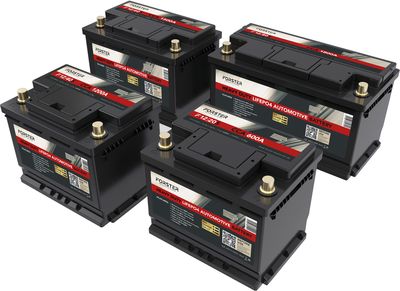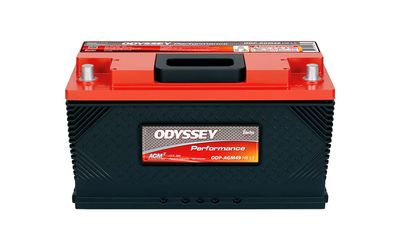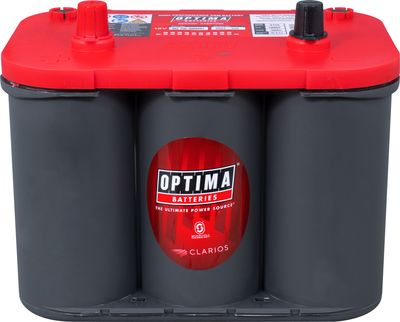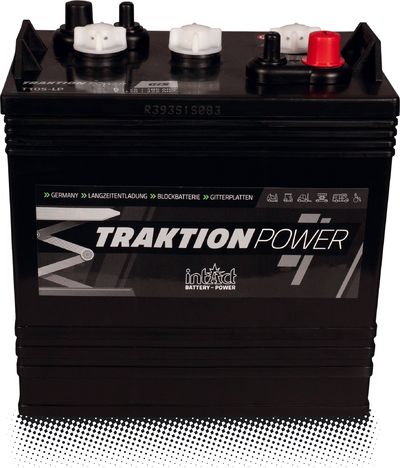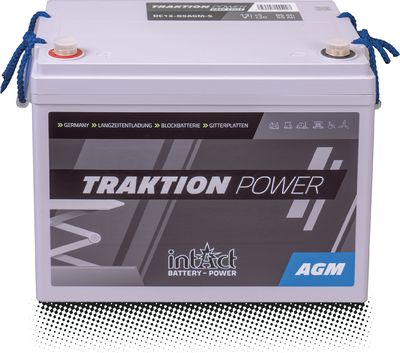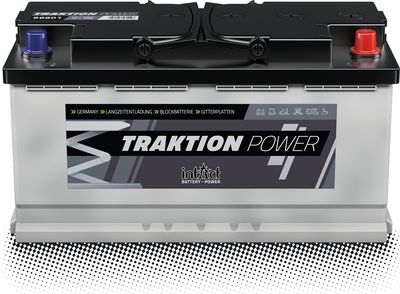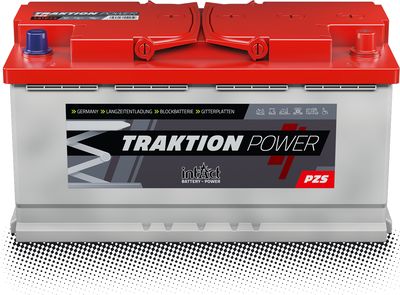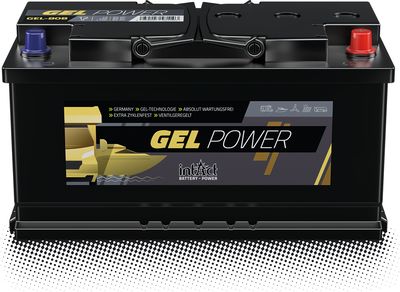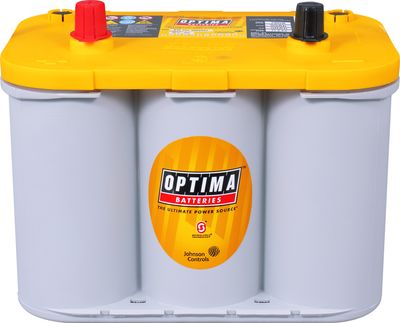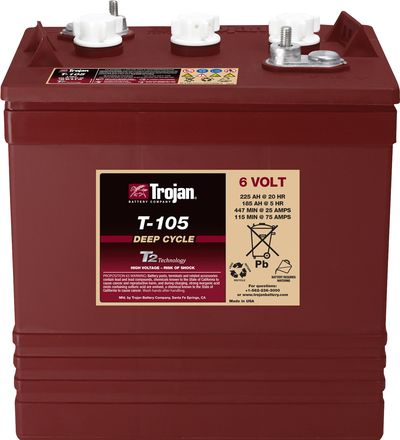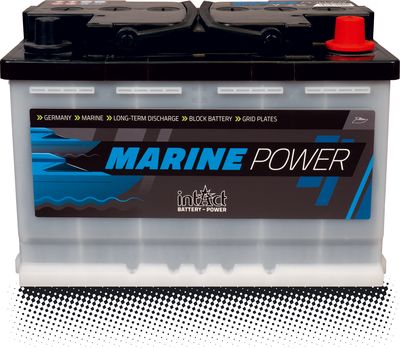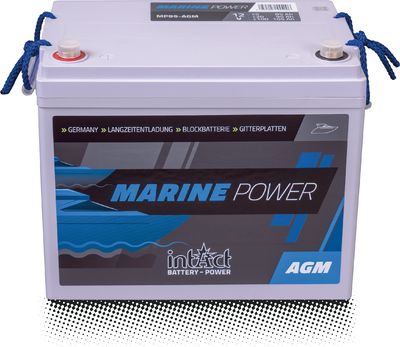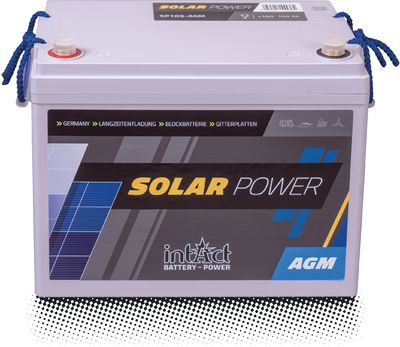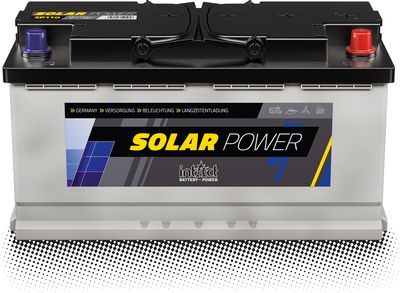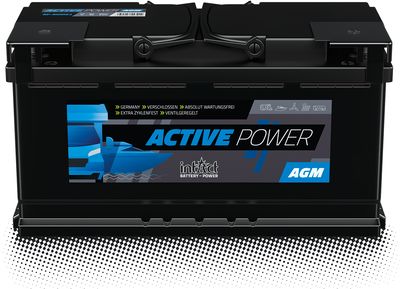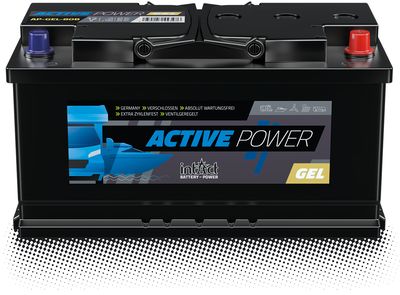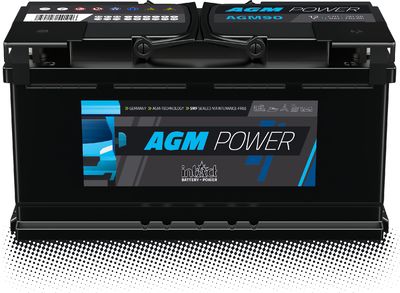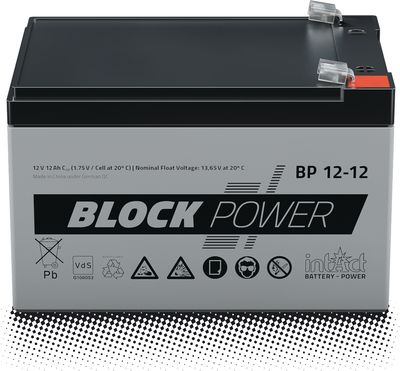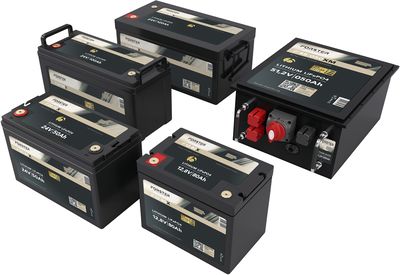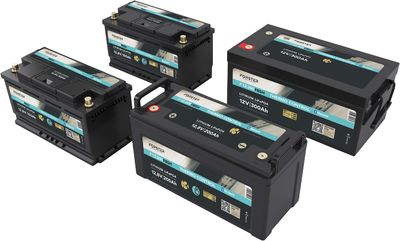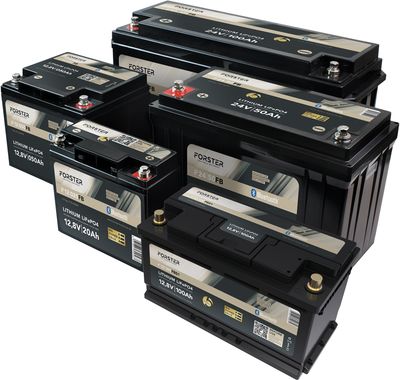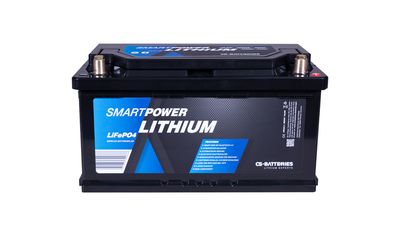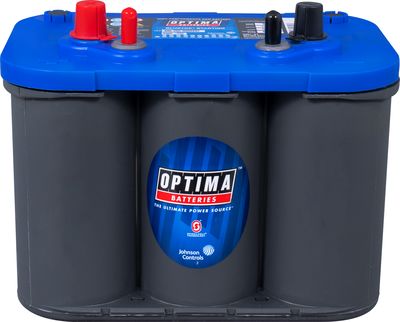What is short circuit and how do I prevent it?
Short-circuiting occurs when the two terminals or plates of a battery are accidentally connected together. This can happen if the separator between the plates is damaged by vibration, for example, or if excessive battery sludge builds up, closing the …
AGM or GEL drive batteries
Drive batteries in AGM or GEL technology are sealed, absolutely maintenance-free, leak-proof batteries in a closed design with a fixed electrolyte (in fleece or gel). Both are suitable for medium to heavy cyclic use, for example in cleaning machines, …
Supply batteries with grid plates
Wet (flooded) deep-cycle lead-acid batteries with grid plates are particularly suitable for small and medium-sized solar applications and wind turbines thanks to their good capacity absorption and maximum capacity reserves. Grid plate technology is robust …
Always select a battery that matches the charging behavior
Starter batteries, including motorcycle batteries, are charged by the alternator while driving.
The charge takes place over a longer period of time with low current. Starter batteries are designed for this charging behaviour.
Some starter batteries …
The order of disconnection and connection
The negative terminal is connected to the body, hence the name grounding. If you accidentally touch the positive terminal and the body at the same time when the negative terminal is connected, e.g. with a metallic tool, a short circuit could occur that …
In a nutshell, the battery generates electricity, which it delivers to the consumers. It is charged and is ready again.
So far, so good. Meanwhile, a bit of chemistry happens inside the battery.
Current flow
In principle, current flows between a positive …
Installing the starter battery or motorcycle battery
First connect the positive cable (usually red) to the positive terminal of the battery.
Then connect the negative cable (usually black) to the negative terminal of the battery.
If you install a start-stop battery, you must then register the battery in the vehicle system.
Recognising and classifying battery damage
When the battery fails, it's annoying. Sometimes it's because of a faulty battery, sometimes it's because of the way you handle it. And only cause research and precaution helps permanently.
What is wrong with the battery can often be seen from the outside. …
The plates in a battery will corrode if they are not completely covered by battery water.
Reasons for corrosion Sealing damaged before filling in dry pre-charged batteries Closed, low-maintenance batteries such as the intAct Bike-Power Classic are dry …
What is a supply battery?
Supply batteries must provide power for as long as possible for consumers that are not connected to the regular power grid or the starter battery. Either in mobile applications, e.g. camping or in island installations such as mountain huts, or in safety …
